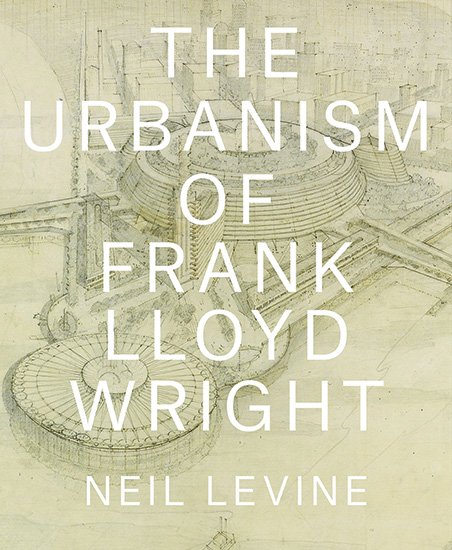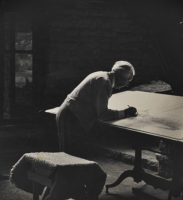The Urbanism of Frank Lloyd Wright, by Neil Levine. Princeton University Press, December 2015, 464 pages, $65.
This is a beautifully crafted study of Wright’s place in the history of urbanism in the first half of the 20th century. Levine, professor of art and architecture history at Harvard, uses “urbanism” to refer not just to cities but to projects for multiple owners, multiple architects, and built over time. He examines Wright’s provocative ideas, ranging from a project in downtown Pittsburgh to the semi-rural plan of Broadacre City to a mixed-use scheme for Baghdad. The book, replete with sketches, drawings, plans, maps, and photographs from the Frank Lloyd Wright Foundation, offers encyclopedic detail and density. Levine’s exhaustive scholarship should make it required reading for practitioners and urban design students alike.






Post a comment to this article
Report Abusive Comment